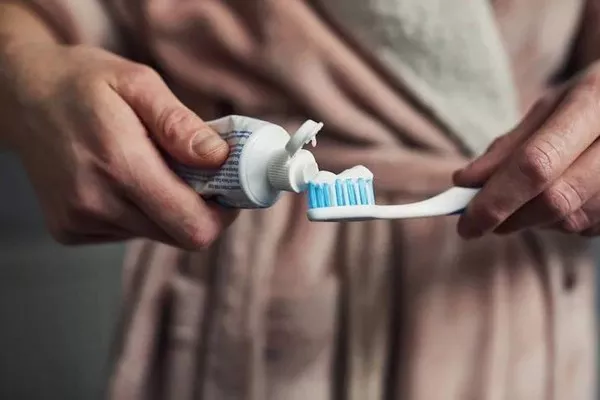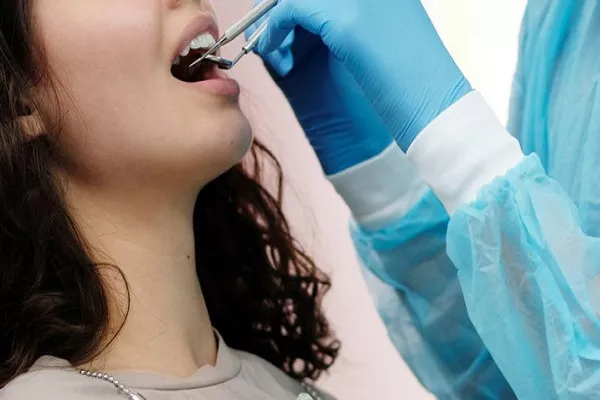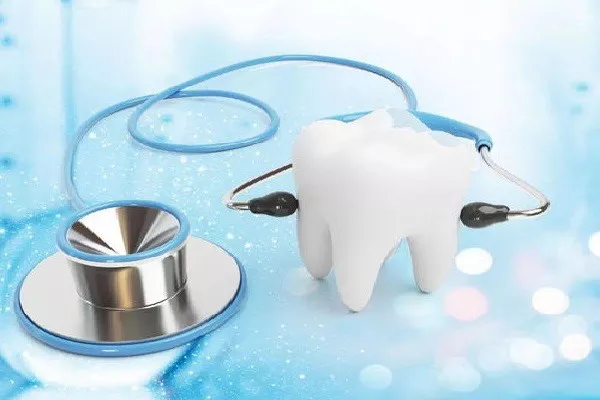A deep cleaning, also known as periodontal therapy or scaling and root planing, is a specialized dental procedure designed to treat gum disease and maintain optimal oral health. In this article, we will delve into the details of what a deep cleaning entails, its significance, and the step-by-step process involved. Understanding this essential dental treatment will empower you to take proactive steps towards preventing and managing gum disease.
I. Understanding Gum Disease and the Need for Deep Cleaning
- A. Gum Disease Overview:
- Gum disease, or periodontal disease, is a bacterial infection that affects the gums and supporting structures of the teeth.
- It is caused by the buildup of plaque and tartar, leading to inflammation, gum recession, and potential tooth loss.
- Gum disease is prevalent and can have systemic implications on overall health.
- B. Indications for Deep Cleaning:
- Diagnosis of gum disease based on clinical signs, symptoms, and dental examination.
- Presence of deep gum pockets, bleeding gums, gum recession, and bone loss.
- Deep cleaning is essential to remove bacteria, plaque, and tartar from below the gum line.
- C. Benefits of Deep Cleaning:
- Halting disease progression: Deep cleaning helps stop the progression of gum disease.
- Removing bacterial deposits: Thorough cleaning eliminates harmful bacteria and toxins.
- Promoting gum health: Deep cleaning reduces inflammation, restores gum health, and prevents tooth loss.
II. Steps Involved in a Deep Cleaning Procedure
- A. Comprehensive Examination:
- The dentist or dental hygienist conducts a detailed evaluation of your oral health.
- Measurements of gum pocket depths and X-rays may be taken to assess the severity of gum disease.
- B. Administration of Local Anesthesia:
- To ensure patient comfort, a local anesthetic is applied to numb the area being treated.
- This numbing agent helps minimize discomfort during the procedure.
- C. Scaling:
- Using specialized instruments, the dental professional meticulously removes plaque and tartar from the tooth surfaces, including below the gum line.
- Scaling targets bacterial deposits that have accumulated on the teeth and root surfaces.
- D. Root Planing:
- After scaling, the dental professional smooths out the rough areas on the root surfaces of the teeth.
- Root planing helps promote gum reattachment and prevents further accumulation of plaque and bacteria.
- E. Antibacterial Irrigation:
- An antimicrobial or antibacterial solution may be used to irrigate the gum pockets.
- This helps eliminate residual bacteria and reduces the risk of infection.
- F. Medications:
- In some cases, antimicrobial medications may be placed directly into the gum pockets to aid in healing and prevent bacterial regrowth.
- These medications can be in the form of gels, chips, or mouth rinses.
- G. Follow-up Care and Maintenance:
- The dentist or dental hygienist provides post-treatment instructions and recommendations for oral hygiene practices.
- Follow-up appointments may be scheduled to monitor progress, evaluate healing, and perform additional deep cleanings if necessary.
III. Aftercare and Ongoing Oral Hygiene Recommendations
- A. Improved Oral Hygiene Practices:
- Emphasize regular brushing with a soft-bristled toothbrush and fluoride toothpaste.
- Incorporate proper flossing techniques to remove plaque and food particles from between the teeth.
- B. Antimicrobial Mouthwash:
- Use an antimicrobial mouthwash recommended by your dental professional to reduce bacteria and maintain oral hygiene.
- Rinse your mouth after brushing and flossing to promote a healthy oral environment.
- C. Routine Dental Check-ups:
- Schedule regular dental check-ups to monitor your oral health and receive professional cleanings.
- Professional cleanings help prevent the recurrence of gum disease and maintain healthy gums.
- D. Quit Smoking:
- Smoking is a significant risk factor for gum disease and hinders the healing process.
- Quitting smoking can improve the success of deep cleaning and promote overall oral health.
- E. Healthy Lifestyle Choices:
- Maintain a balanced diet rich in fruits, vegetables, and whole grains.
- Limit sugary foods and beverages that contribute to bacterial growth and plaque formation.
- Stay hydrated and drink plenty of water to promote saliva production and flush out oral bacteria.
Conclusion:
A deep cleaning at the dentist’s office, also known as periodontal therapy or scaling and root planing, is a critical procedure for treating and preventing gum disease. By understanding the process involved and its significance in maintaining optimal oral health, you can take proactive steps to prevent and manage gum disease effectively.
Gum disease can have serious implications for your oral and overall health, making deep cleaning an essential treatment. By removing plaque, tartar, and bacteria from below the gum line, deep cleaning halts disease progression, promotes gum health, and helps prevent tooth loss.
Remember to maintain good oral hygiene practices, attend routine dental check-ups, and follow the recommendations of your dental professional for optimal aftercare. By prioritizing your oral health and seeking deep cleaning when necessary, you can protect your smile, prevent gum disease, and enjoy a lifetime of healthy teeth and gums.
Related Topics:






























